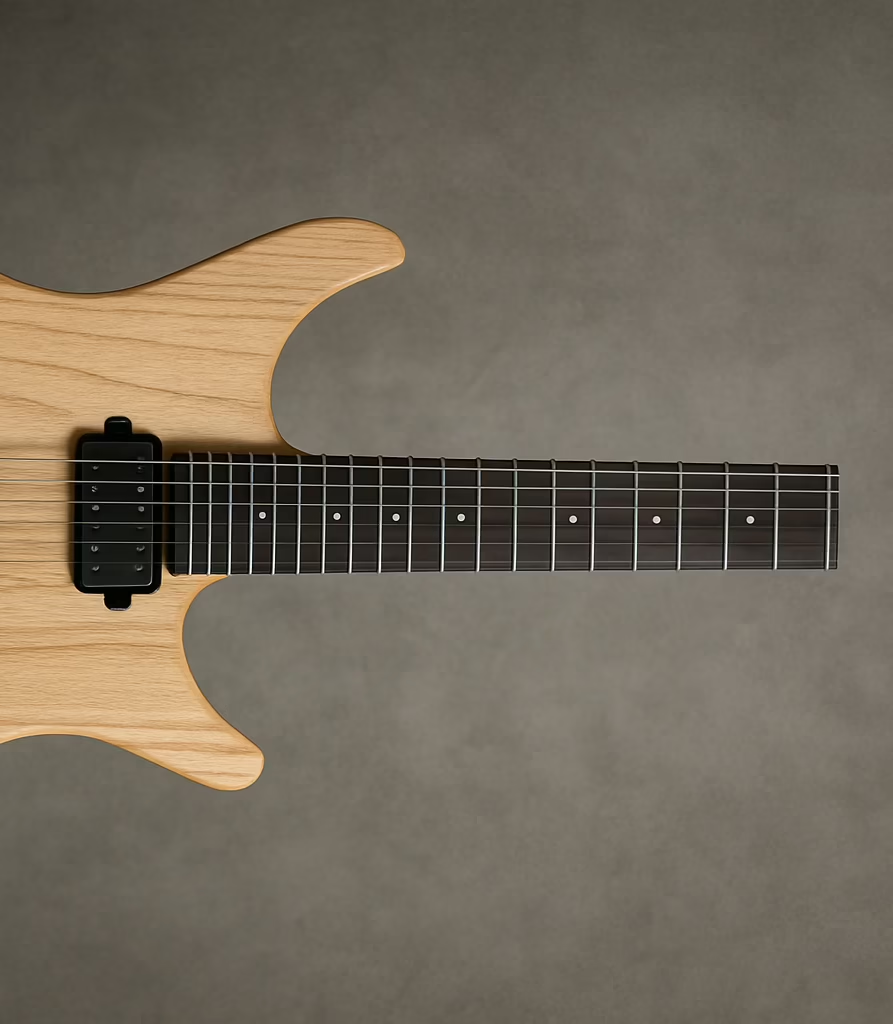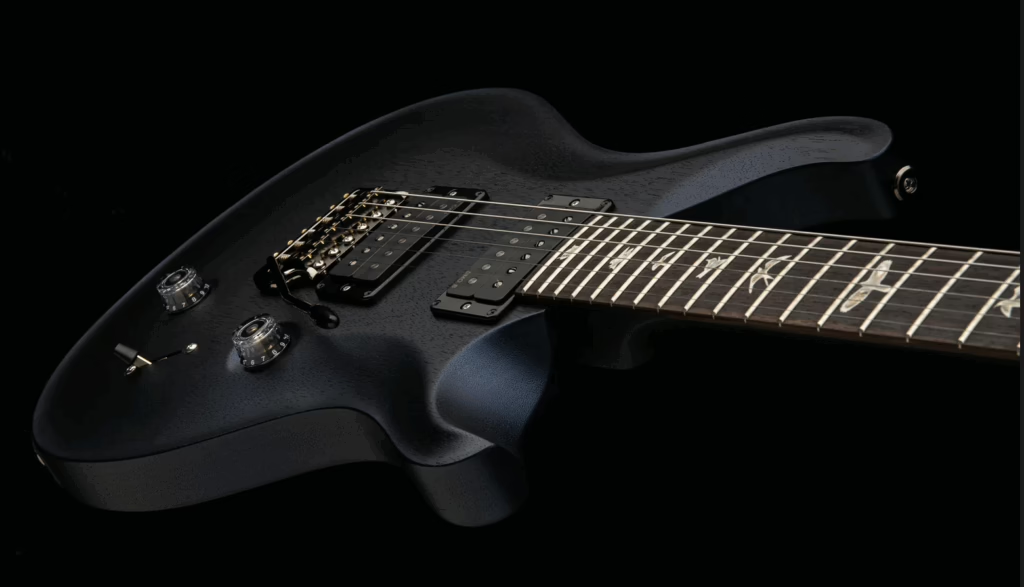Advertisement

____________________________________________________________________________________
There’s no denying the innovation behind headless electric guitars. They’re sleek, lightweight, and often ergonomically superior. I’ve played them, I’ve studied them, I’ve even recommended them. And yet—despite all the praise—they’ve never quite found a permanent home in my collection.
I guess you could call me a traditionalist. My first guitar was a Stratocaster—maple neck, sunburst body, the works. The moment I held it, I felt like I was holding a piece of rock history. That visual balance between the headstock and the body wasn’t just aesthetic—it was symbolic. The tuning pegs, the logo, even the slight curve of the headstock… they all told a story. That story disappears when I pick up a headless model.
The Feel Isn’t the Same
When I rest a headless guitar on my lap or sling it over my shoulder, something feels missing. It’s not just the lack of weight—it’s the lack of character. Headless guitars feel like they’ve been stripped down for the sake of efficiency. Don’t get me wrong, I understand the benefits: better tuning stability, less neck dive, more compact size. But those advantages have always felt like solutions to problems I never had.
There’s also the tactile disconnect. Tuning from the bridge end still feels awkward to me, even after weeks of adjustment. The muscle memory just isn't there—and maybe that’s the point. But for me, it turns a familiar ritual into a foreign task.
Sound and Soul
I’ll admit, some headless guitars sound incredible. Brands like Strandberg, Anesidora, and Kiesel are making sonic machines that rival anything from the big names. But when I close my eyes, I don’t hear the same warmth or grit that I associate with a classic Les Paul, Telecaster, or SG. Maybe it’s psychological, maybe it’s tonal bias—but to my ears, some headless guitars feel more “hi-fi” than “heartfelt.”
Music, to me, isn’t just about clarity and range—it’s about soul. A slightly imperfect bend, a little buzz from the low E string, the subtle feedback from a hollowbody amp’d just right—that’s the magic. Headless guitars often feel too clean, too calculated.
Aesthetic Matters
When I walk out with a vintage offset or a relic’d Strat, people respond. A headless guitar? They squint. They tilt their heads. They ask if I built it in my garage.
It’s different. And different can be good—but it can also feel disconnected, especially when your musical roots run deep in decades past. For me, that resonance still lives in the curves, the tonewood, the very silhouette of a traditional electric guitar. Headless guitars are the future for many players. But for now, I’m happy living in the past—with six strings, a headstock, and a little nostalgia.
Conclusion:
While headless electric guitars offer certain advantages in portability and tuning stability, they ultimately fall short of what I seek in a guitar. The aesthetic feels incomplete, the balance can be awkward, and the playing experience lacks the traditional feel that fuels my connection to the instrument. For me, the headstock isn’t just functional — it’s part of the guitar’s soul. Without it, something essential is lost. That’s why I’ll always prefer the classic design over the headless trend.

A RECAP OF WHAT YOU MIGHT HAVE MISSED